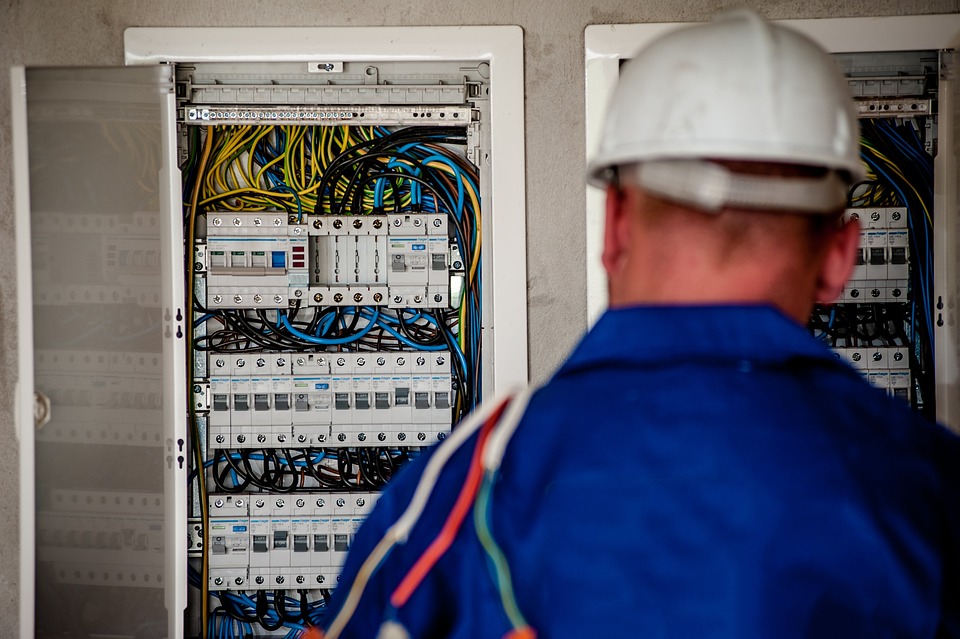Legacy systems are computer systems that have been in use for a long period of time and are often outdated. While legacy systems can provide a reliable and stable platform for businesses, they can also be limiting in terms of their capabilities and features. In this article, we will discuss the limitations of legacy systems and what needs to be improved.
One of the main limitations of legacy systems is their lack of scalability. Legacy systems are often designed to meet the needs of a specific business at a specific time, and as the business grows, the system may not be able to keep up. This can lead to slow performance, data loss, and other issues. Additionally, legacy systems may not be able to integrate with newer technologies, such as cloud computing, which can limit the capabilities of the system.
Another limitation of legacy systems is their lack of security. Legacy systems are often not designed with modern security protocols in mind, which can leave them vulnerable to attack. Additionally, legacy systems may not be able to keep up with the ever-evolving security landscape, leaving them open to exploitation.
Finally, legacy systems can be difficult to maintain. As the system ages, it can become increasingly difficult to keep up with the latest updates and patches. This can lead to system instability and potential data loss.
In order to improve legacy systems, businesses need to invest in modernizing their systems. This can include upgrading hardware and software, as well as implementing new security protocols. Additionally, businesses should consider migrating to a cloud-based system, which can provide greater scalability and flexibility.
Overall, legacy systems can be limiting in terms of their capabilities and features. In order to improve these systems, businesses need to invest in modernizing their systems and migrating to a cloud-based system. Doing so can provide greater scalability, flexibility, and security.






















